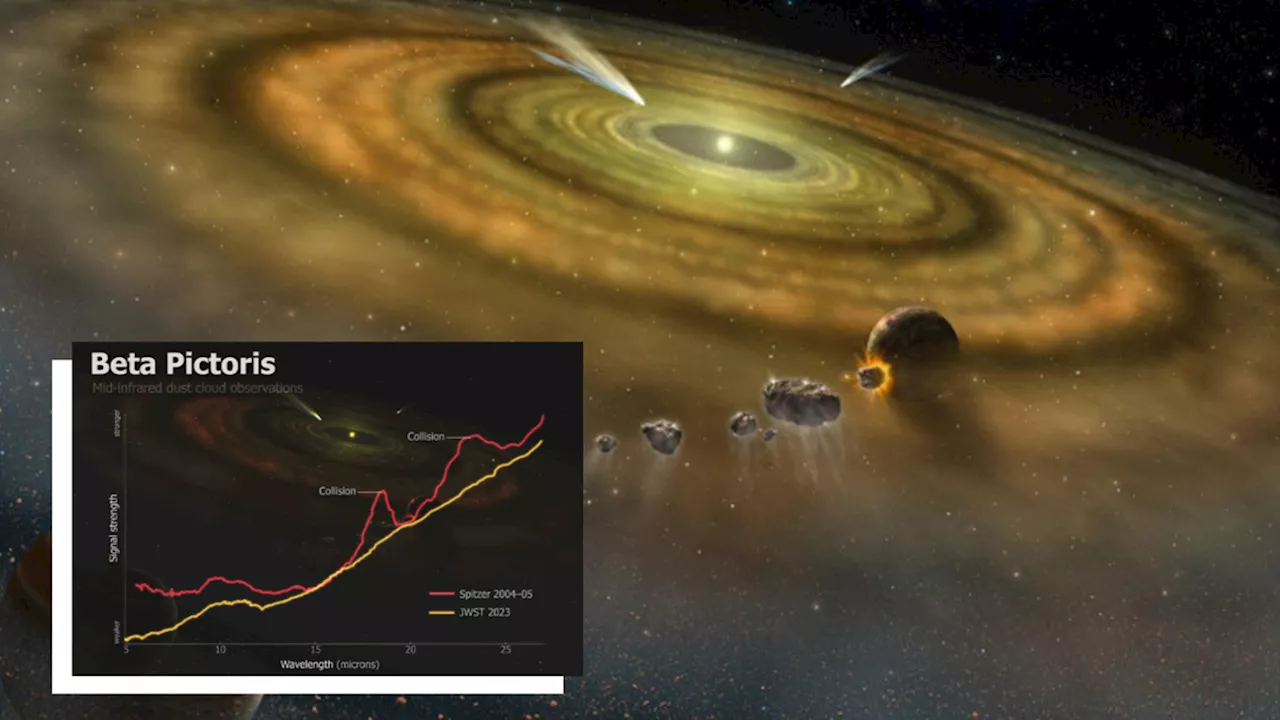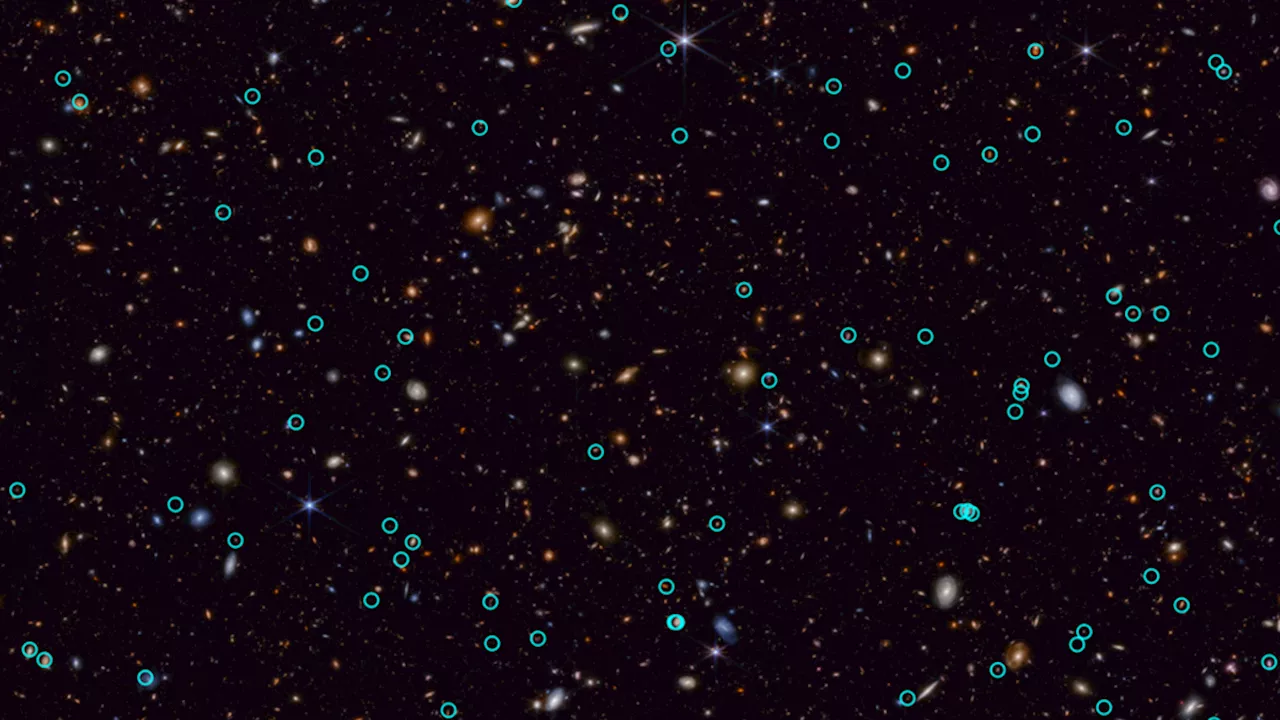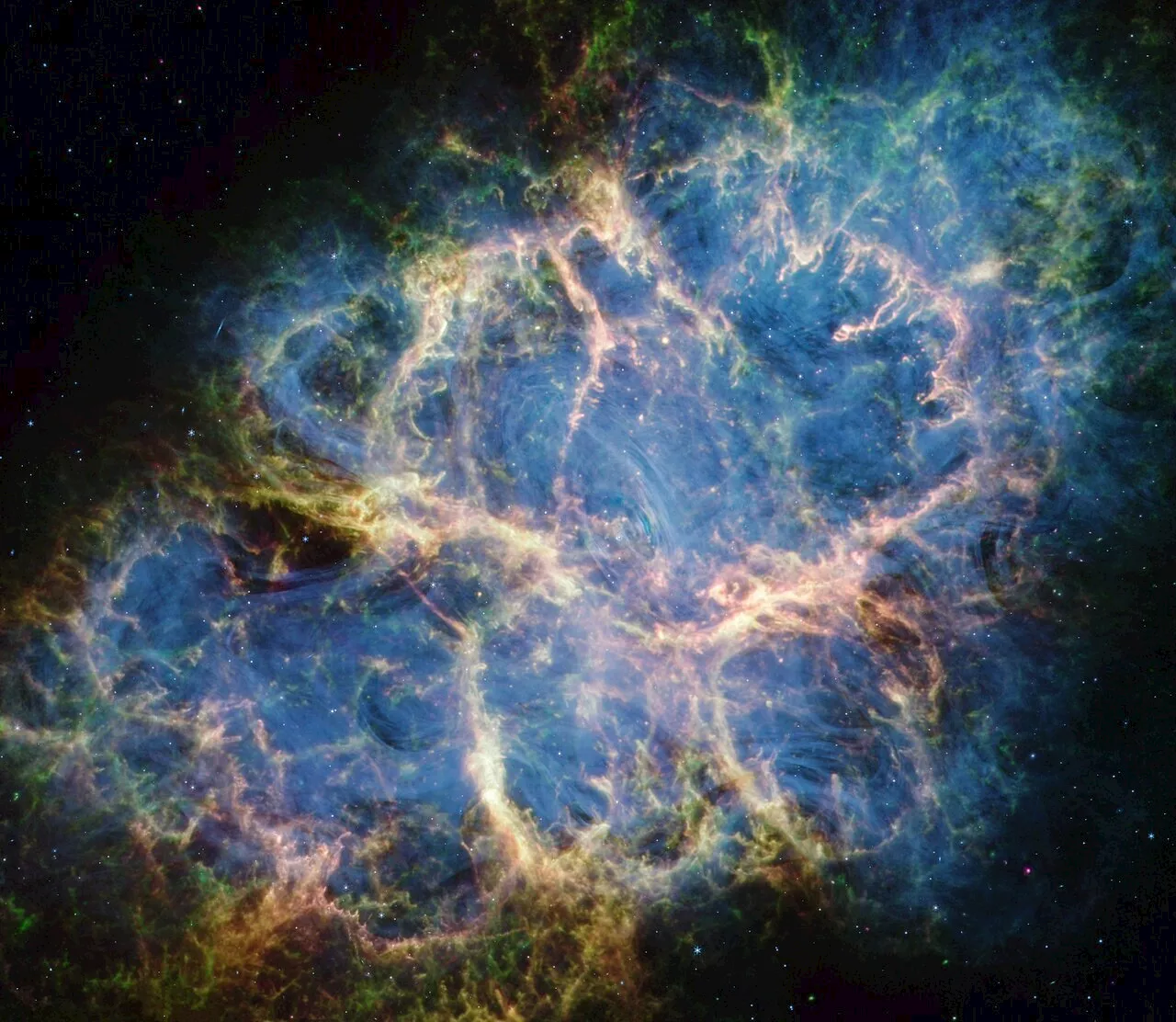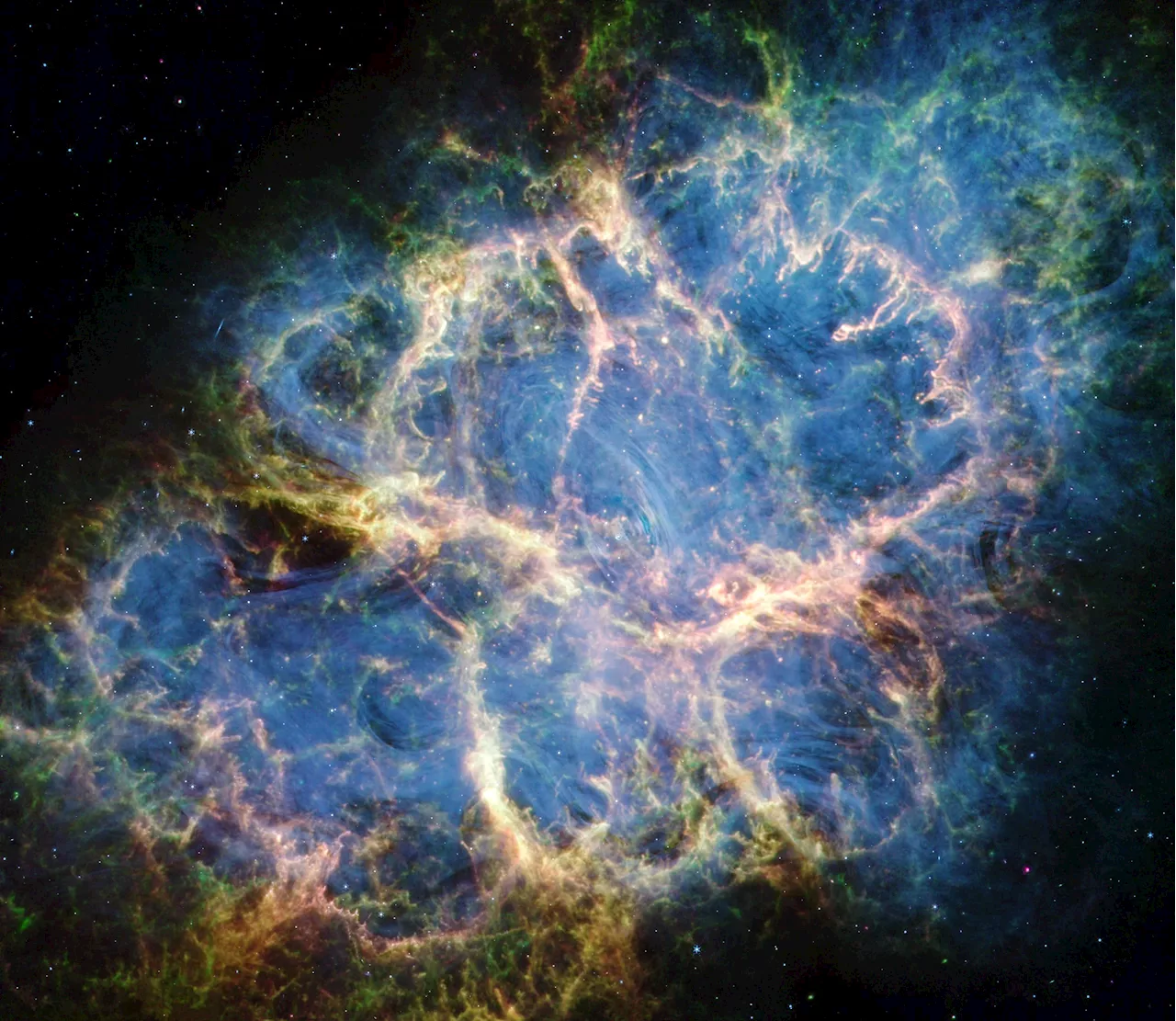Science, Space and Technology News 2024
NASA’s James Webb Space Telescope dissected the Crab Nebula’s structure, aiding astronomers as they continue to evaluate leading theories about the supernova remnant’s origins. With the data collected by Webb’s NIRCam and MIRI , a team of scientists were able to closely inspect some of the Crab Nebula’s major components. Credit: NASAThe Crab Nebula is a nearby example of the debris left behind when a star undergoes a violent death in a supernova explosion.
The Crab Nebula is also highly unusual. Its atypical composition and very low explosion energy previously have been explained by an electron-capture supernova — a rare type of explosion that arises from a star with a less-evolved core made of oxygen, neon, and magnesium, rather than a more typical iron core.in New Jersey. “The composition of the gas no longer requires an electron-capture explosion, but could also be explained by a weak iron core-collapse supernova.
The scale bar is labeled in light-years, which is the distance that light travels in one Earth-year. One light-year is equal to about 5.88 trillion miles or 9.46 trillion kilometers. The field of view shown in this image is approximately 10 light-years across. However, inconsistencies exist between the electron-capture supernova theory and observations of the Crab, particularly the observed rapid motion of the. In recent years, astronomers have also improved their understanding of iron core-collapse supernovae and now think that this type can also produce low-energy explosions, providing that the stellar mass is adequately low.
The revised values are consistent with electron-capture, but do not rule out an iron core-collapse explosion from a similarly low-mass star. Further observational and theoretical work will be needed to distinguish between these two possibilities.
Indonesia Berita Terbaru, Indonesia Berita utama
Similar News:Anda juga dapat membaca berita serupa dengan ini yang kami kumpulkan dari sumber berita lain.
 Rocky, carbon-rich exoplanets more likely around tiny stars, James Webb Space Telescope revealsRobert Lea is a science journalist in the U.K. whose articles have been published in Physics World, New Scientist, Astronomy Magazine, All About Space, Newsweek and ZME Science. He also writes about science communication for Elsevier and the European Journal of Physics. Rob holds a bachelor of science degree in physics and astronomy from the U.K.
Rocky, carbon-rich exoplanets more likely around tiny stars, James Webb Space Telescope revealsRobert Lea is a science journalist in the U.K. whose articles have been published in Physics World, New Scientist, Astronomy Magazine, All About Space, Newsweek and ZME Science. He also writes about science communication for Elsevier and the European Journal of Physics. Rob holds a bachelor of science degree in physics and astronomy from the U.K.
Baca lebih lajut »
 NASA’s James Webb Space Telescope could help solve these 5 exoplanet puzzlesA lot of people are focused on signs of alien life, but the space telescope will have a lot to say about exoplanet geology and formation.
NASA’s James Webb Space Telescope could help solve these 5 exoplanet puzzlesA lot of people are focused on signs of alien life, but the space telescope will have a lot to say about exoplanet geology and formation.
Baca lebih lajut »
 Record-Breaking Galactic Discovery: Webb Space Telescope’s Glimpse of Cosmic DawnScience, Space and Technology News 2024
Record-Breaking Galactic Discovery: Webb Space Telescope’s Glimpse of Cosmic DawnScience, Space and Technology News 2024
Baca lebih lajut »
 James Webb Space Telescope spots asteroid collision in neighboring star systemRobert Lea is a science journalist in the U.K. whose articles have been published in Physics World, New Scientist, Astronomy Magazine, All About Space, Newsweek and ZME Science. He also writes about science communication for Elsevier and the European Journal of Physics. Rob holds a bachelor of science degree in physics and astronomy from the U.K.
James Webb Space Telescope spots asteroid collision in neighboring star systemRobert Lea is a science journalist in the U.K. whose articles have been published in Physics World, New Scientist, Astronomy Magazine, All About Space, Newsweek and ZME Science. He also writes about science communication for Elsevier and the European Journal of Physics. Rob holds a bachelor of science degree in physics and astronomy from the U.K.
Baca lebih lajut »
 'Supernova discovery machine' James Webb Space Telescope finds most distant star explosion on recordRobert Lea is a science journalist in the U.K. whose articles have been published in Physics World, New Scientist, Astronomy Magazine, All About Space, Newsweek and ZME Science. He also writes about science communication for Elsevier and the European Journal of Physics. Rob holds a bachelor of science degree in physics and astronomy from the U.K.
'Supernova discovery machine' James Webb Space Telescope finds most distant star explosion on recordRobert Lea is a science journalist in the U.K. whose articles have been published in Physics World, New Scientist, Astronomy Magazine, All About Space, Newsweek and ZME Science. He also writes about science communication for Elsevier and the European Journal of Physics. Rob holds a bachelor of science degree in physics and astronomy from the U.K.
Baca lebih lajut »
 Scientists investigate the origins of the Crab Nebula with James Webb Space TelescopeA team of scientists used the NASA/ESA/CSA James Webb Space Telescope to parse the composition of the Crab Nebula, a supernova remnant located 6,500 light-years away in the constellation Taurus.
Scientists investigate the origins of the Crab Nebula with James Webb Space TelescopeA team of scientists used the NASA/ESA/CSA James Webb Space Telescope to parse the composition of the Crab Nebula, a supernova remnant located 6,500 light-years away in the constellation Taurus.
Baca lebih lajut »
